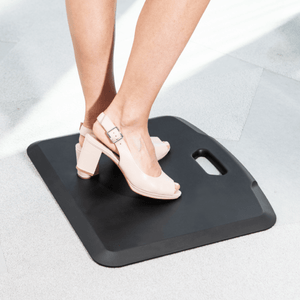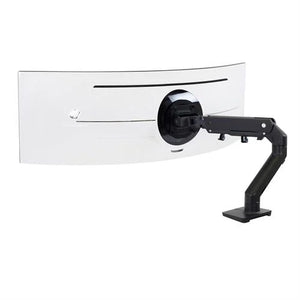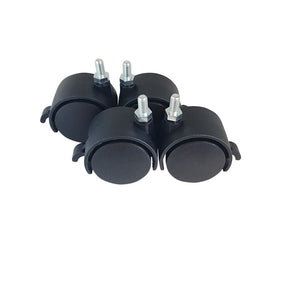How To Use A Standing Desk Converter To Maximise Its Ergonomic Benefits

Adopting an adjustable standing desk converter is a fantastic way to enhance your ergonomic workspace. However, to truly reap the benefits, it’s essential to understand how to use it correctly. This blog post will guide you through optimizing your standing desk converter for maximum ergonomic potential, along with tips on usage duration and frequency.
Setting Up Your Standing Desk Converter Correctly
- Monitor Position: Position your monitor at eye level to avoid neck strain. The top of the screen should be at or slightly below eye level.
- Keyboard and Mouse Placement: Your arms should bend at about a 90-degree angle when typing. Keep your mouse and keyboard at the same level; your wrists should be straight and your hands at or slightly below elbow level.
- Standing Posture: Maintain a relaxed stance with your feet shoulder-width apart. Avoid locking your knees and shift your weight occasionally.
Balancing Sitting and Standing
- Start Gradually: If you’re new to standing desks, start with 30-minute intervals of standing, then sit for a while. Gradually increase your standing time.
- Listen to Your Body: Pay attention to any discomfort. If you feel tired or achy, it’s time to sit.
- Use a Timer: To maintain a healthy balance, use a timer to remind you when to switch between sitting and standing.
Movement is Key
- Stretch and Move: Periodically stretch your legs, back, and arms. Movement improves circulation and reduces muscle fatigue.
- Footwear Matters: Wear comfortable shoes with good support. Avoid high heels or flat shoes without proper cushioning.
Accessories for Comfort
- Anti-Fatigue Mats: Consider using an anti-fatigue mat to reduce the strain on your legs and back.
- Monitor Arms and Keyboard Trays: Adjustable arms and trays can further enhance the ergonomics of your setup.
Understanding the Right Duration for Standing
- Recommended Ratios: Experts suggest a ratio of 1:1 or 2:1 for standing to sitting. For instance, if you stand for 30 minutes, you should sit for 15-30 minutes.
- Avoid Overdoing It: Standing for prolonged periods can be as harmful as prolonged sitting. Balance is key.
Reaping the Health Benefits
- Reduced Risk of Chronic Diseases: Alternating between sitting and standing reduces the risk of diabetes, obesity, and cardiovascular diseases.
- Improved Posture and Reduced Pain: Proper usage of a standing desk can lead to improved posture and reduced neck and back pain.
- Increased Energy and Productivity: Many users report increased energy levels and productivity with the adoption of a standing desk.
Conclusion
A standing desk converter is more than just a trendy office accessory; it’s a tool for a healthier, more comfortable work life. By setting it up correctly, balancing sitting and standing times, staying active, and using the right accessories, you can significantly enhance your work experience. Remember, the key to benefiting from your standing desk converter lies in how you use it – so stand smart, and stay healthy!
- Alex Thorne


















Comments 0